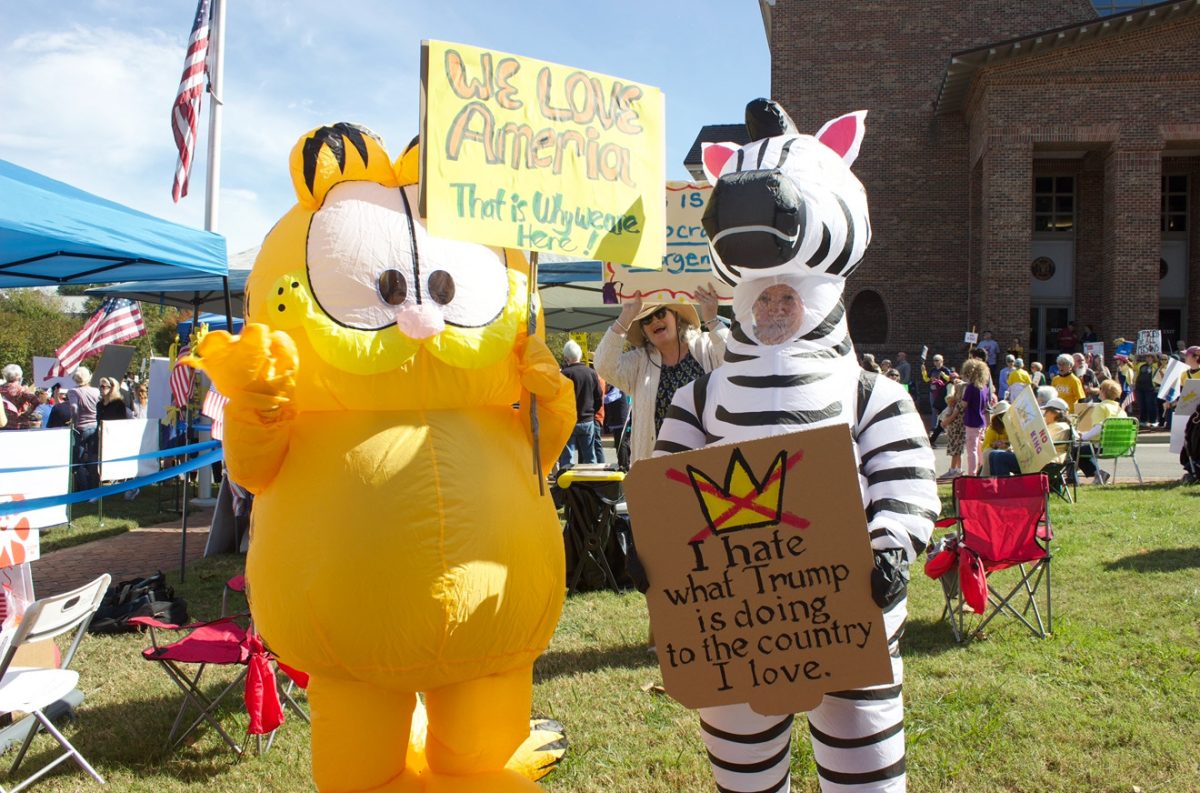As the hurricane season comes to an end, the 18th storm to be named was Tropical Storm Sara, which was forming in the Caribbean for the past week. Meteorologists have been shocked regarding how late the storm formed in the hurricane season, as the season ends on Nov. 30th. However, despite the United States experiencing colder temperatures, the Gulf of Mexico has temperatures ranging from 75 to 80 degrees Fahrenheit. The warming water has allowed the opportunity for the tropical wave to form, which can be a prime contributor to creating tropical storms and hurricanes.
According to USA Today, due to an intense wind shear generated by the ocean, the storm was unlikely to move further northwestward and it fizzled out in the Caribbean.
After Hurricane Rafael made landfall in Western Cuba last week as a Category 3 hurricane, meteorologists claimed that the November Hurricane forecasts showed the possibility of more hurricanes and storms (i.e Tropical Storm Sara).
Meteorologist Phil Klotzbach told USA Today that “while it’s getting late in the season, things look ‘conductive for another storm or two.’”
Not only is it very late into the season, but there was an average of 17 named storms forming, which is above the normal average of 14. According to USA Today, of those 17, 11 were hurricanes, including the two catastrophic hurricanes, Milton and Helene.
The global climate pattern, the phenomena of Madden-Julian-Oscillation (MJO) is increasing favors in storm formation. According to the National Oceanic and Atmospheric Administration, MJO is an eastward moving disturbance of clouds, rainfall, winds and pressures that cross the tropics and returns to its initial starting point in 30 to 60 days. This is one explanation as to why we’ve had such a busy and long hurricane season, as MJO ultimately influences weather patterns perfect for hurricane formation.


